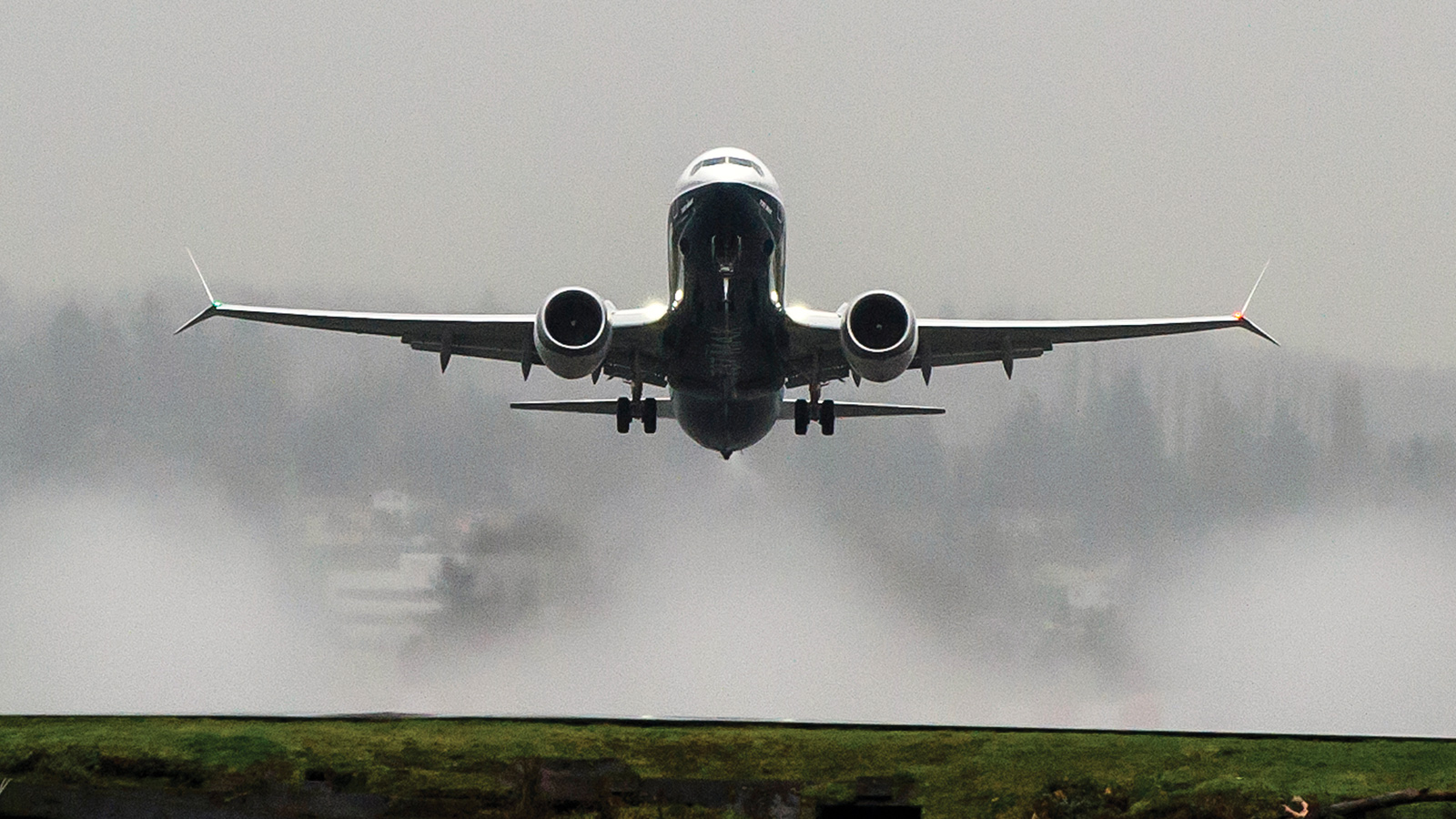Stay Up to Date
Submit your email address to receive the latest industry and Aerospace America news.
PARIS AIR SHOW – For some in the U.S., the fact that neither of the Boeing 737 MAX crashes involved U.S.-based pilots is cause to question the quality of training outside the U.S.
But an executive here does not see the relevance of where the pilots hail from, and he has a very specific reason.
Training programs in the U.S. are “not as different as perhaps people sometimes think” from those in other countries, says Robin Glover-Faure, president of L-3 Commercial Training Solutions, the U.K.-based unit of L-3 that provides commercial pilot training in the U.S., Europe and Asia.
Glover-Faure says that although every country has an aviation authority that sets training requirements for pilots, most “derive their regulations in some way” from the FAA and the European Union Aviation Safety Agency, EASA. Because of that, “you can arguably say there’s probably 80% overlap in terms of training a pilot.”
“I don’t think that anybody with insider knowledge and access to the evidence would want to make a statement that one group of humans, wherever they choose to live on the Earth, is any less prone to making errors than another,” he says.
At a May congressional hearing, Rep. Sam Graves, R-Mo., said the preliminary reports from the crashes “reaffirm my belief that pilots trained in the United States would have been able to successfully handle the situation.”
Glover-Faure doesn’t see it that way. He notes that in the U.S. and Europe, pilot training starts with six to eight months of ground school followed by flight and simulator training.
One difference between the requirements of FAA and EASA is the number of hours pilots must have before they are permitted to join a passenger jet’s crew as a first officer, meaning the co-pilot. The FAA mandates 1,500 hours of flight time for first officers, which is a few hundred hours more than EASA requires. However, that doesn’t make one set of regulations better than the other, Glover-Faure says.
“You effectively use the evidence of your regulatory framework to work out where things are going well, work out where things are going wrong,” he says. “It doesn’t necessarily mean that as that evolves you have to have identical training systems throughout the whole globe.”
In the case of the MAX crashes, Glover-Faure says although Boeing “clearly” needs to update its recommended training procedures, it’s still too early to tell exactly what those changes should be.
U.S. pilot groups have called for additional simulator training with the Maneuvering Characteristics Augmentation System, MCAS, the anti-stall software that investigators say played a role in the crashes. MCAS was erroneously activated by faulty readings from angle-of-attack sensors, the metal vanes on either side of the fuselage that measure the angle between the aircraft and the oncoming airflow. MCAS forced the nose of the plane downward in each case, and the pilots could not regain control.
Boeing has submitted a software fix for MCAS that includes additional computer training.
About cat hofacker
Cat helps guide our coverage and keeps production of the print magazine on schedule. She became associate editor in 2021 after two years as our staff reporter. Cat joined us in 2019 after covering the 2018 congressional midterm elections as an intern for USA Today.
Related Posts
Stay Up to Date
Submit your email address to receive the latest industry and Aerospace America news.




